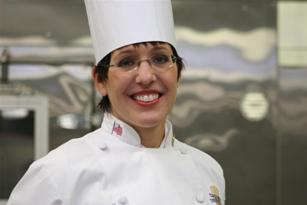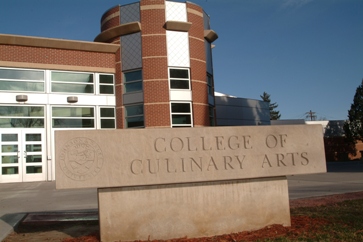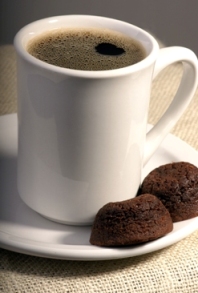Mayo's Clinics: Curriculum Development with Stakeholders
Wednesday, 02 June 2010 09:57By Dr. Fred Mayo, CHE, CHT
 Thinking carefully about who should be involved in revising the curriculum will help everyone know his and her role. It is an important way to move the process forward and collect as many ideas at the beginning and consult about proposals at the end.
Thinking carefully about who should be involved in revising the curriculum will help everyone know his and her role. It is an important way to move the process forward and collect as many ideas at the beginning and consult about proposals at the end.
In the last two Clinics, we reviewed the challenges of evaluating student performance, a task that is critical for student learning. Another aspect of ensuring successful graduates involves providing the best program for them, which raises the question of how we examine our curricula and make changes to improve courses and whole programs.
In this Clinic, we will discuss overall curriculum revision; in a later one, we shall review making course changes. Having just gone through more than two years of full revision of two undergraduate degrees and three graduate degrees at NYU, I have a lot of empathy for people undertaking the task. However, it can be a creative and insightful activity, and one that makes a real difference in the quality and effectiveness of programs.

 Culinary students love learning tableside, and guests will become committed patrons if we treat them to dinner and a show.
Culinary students love learning tableside, and guests will become committed patrons if we treat them to dinner and a show. Says Chef Weiner, with summer here, it’s time to look at your curriculum, look at your syllabus, look at your lesson plans, and see what you can do to make sure you teach the basics your students need to get and keep a job.
Says Chef Weiner, with summer here, it’s time to look at your curriculum, look at your syllabus, look at your lesson plans, and see what you can do to make sure you teach the basics your students need to get and keep a job. 607 colleges and universities nationwide competed to reduce, reuse and recycle
607 colleges and universities nationwide competed to reduce, reuse and recycle An e-learning lesson plan at ciaprochef.com sponsored by Starbucks Foodservice.
An e-learning lesson plan at ciaprochef.com sponsored by Starbucks Foodservice.